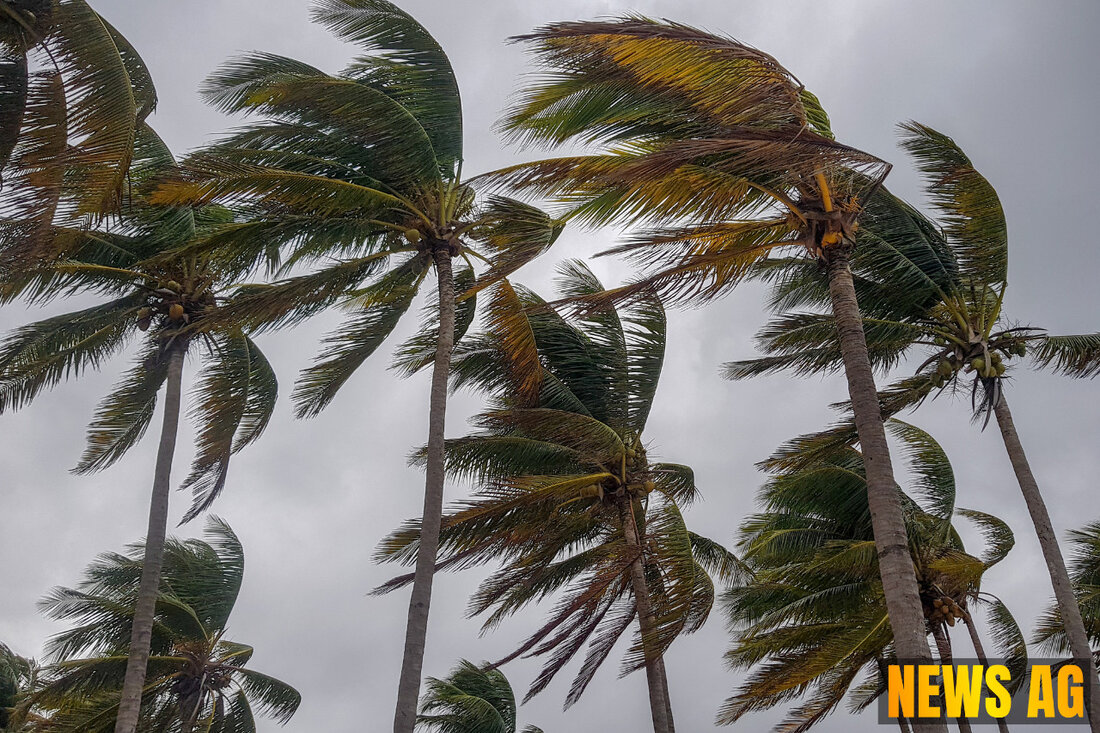Rising from the Ruins: Florida's Battle Against Storm Surge and Flooding
Explore Sarasota County's impact from Hurricane Ian, highlighting resilience, storm surge challenges, and future preparedness strategies.

Rising from the Ruins: Florida's Battle Against Storm Surge and Flooding
As Florida grapples with the scars left by Hurricane Ian, the documentary „Rising“ offers an emotional glimpse into the destruction and resilience that followed this catastrophic event. This film, which debuted on WGCU, showcases dramatic storm footage and poignant survivor stories, while providing insights from scientists, first responders, and community leaders. Its narrative is a powerful reminder of the ongoing threat posed by storm surge and the critical importance of preparedness in our increasingly climate-impacted world.
The heart of this tale lies in Hurricane Ian’s catastrophic landfall, characterized by winds nearly reaching Category 5 strength. The storm wreaked havoc from Key West to Naples and Fort Myers, delivering historic storm surges with some areas seeing water levels spike over seven feet. Details shared by GovTech highlight that Sanibel Island, for example, experienced a rapid flood that reached the height of a stop sign in under thirty minutes. Governor Ron DeSantis and President Joe Biden both echoed the gravity of the situation, with Biden ominously warning that this hurricane could become one of the deadliest in Florida’s history.
Unprecedented Flooding
The flooding from Ian was described by meteorologist Jeff Berardelli as the storm’s defining feature. Craig Fugate, former head of FEMA, noted the unprecedented nature of the storm surge destruction, a chilling reminder of how water has been a leading cause of hurricane fatalities—accounting for 90% of direct deaths over the last sixty years. Initial reports tally over 20 lives lost, many victims of the storm’s monstrous floodwaters.
Rainfall was equally staggering, with parts of Fort Myers, Sebring, and Daytona Beach reporting up to 19 inches, and one location even nearing 30 inches. For the Sarasota area, witnessing over 13 inches of rain in just six hours classified the event with less than a 0.1% chance of occurrence in any given year. Such extreme precipitation combined with already saturated soils led to massive flooding, with bodies such as the Peace River exceeding their historical records.
Science and Preparedness
The documentary „Rising“ also serves as an educational tool, elucidating the science behind such destruction. As Climate.gov elaborates, severe storms like hurricanes can drive high water levels onto coastlines through storm surges, particularly detrimental when they coincide with high tides. Global sea levels have risen by about 8 inches since 1900, and predictions suggest an increase of an additional 1 to 8 feet by 2100. This rise not only heightens the risk of flooding but also transforms how we must think about storm categorization, prompting some scientists to argue for a new approach that considers flooding and rainfall alongside traditional wind speeds.
As coastal communities update infrastructure to combat these growing threats, they do so in the context of increasing wave heights and coastal erosion, as observed in previous hurricanes like Sandy and Irma. It raises the question: how prepared are we for future storms? With rising sea levels and climate change at play, it’s clear that vigilance and adaptability are more necessary than ever.
„Rising“ ultimately stands as a pivotal reminder that beyond the immediate aftermath of a storm lies a long road of recovery and preparation. Community resilience will be tested again, and as coastal Floridians, we must remain aware and ready for what’s to come.
